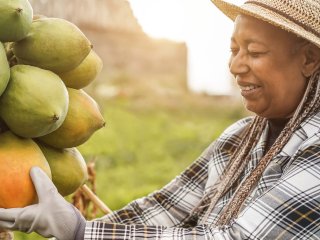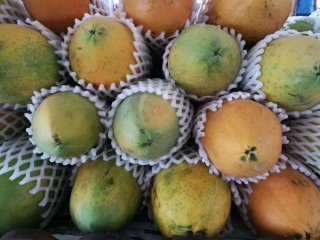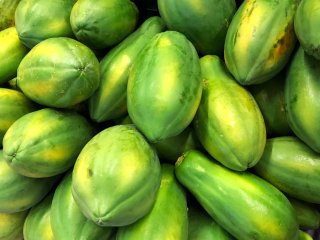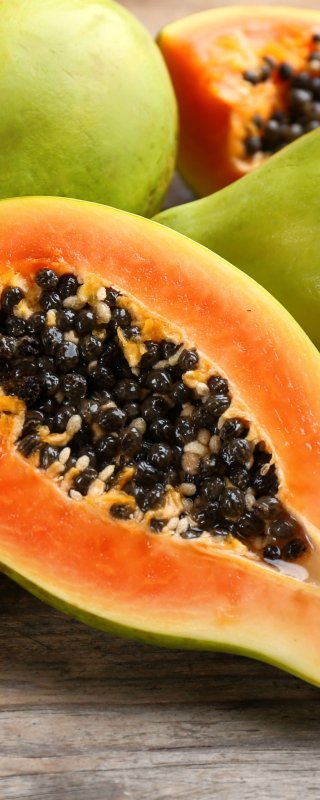
The papaya supply chain
Papaya (Carica papaya L.), originating from Mexico, is predominantly produced in countries like India, Brazil and Indonesia. These countries contribute to almost 90% of the world's total papaya production, which amounts to 13 million tons. Of these, Mexico and Brazil are the main exporters. The fruit's growth cycle spans 8-9 months with weekly harvests year-round. By using appropriate harvest processes and chain conditions, quality can be maintained longer and shelf life can be extended. Besides being consumed either green or ripe, papaya is also processed for food and for latex in pharmaceuticals.
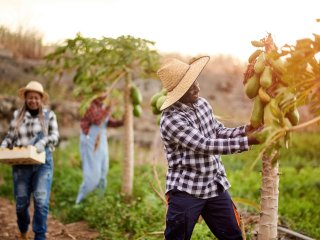
Every step in the chain is important
For use in salad, papaya is picked green; for fresh consumption, they are harvested for export at the onset of yellowing, but for local markets more ripe. Quality preservation in papaya demands careful handling. Quality problems due to mechanical damage, may not be noticeable immediately, but emerge after storage.
To optimize the papaya supply chain from harvest to consumer, attention must be given to the crop's characteristics, local constraints, and consumer needs. Every step in the chain is important for success later in the chain. Strict adherence to harvest handling, cold chain requirements and shelf-life extension by reducing fruit deterioration is crucial for quality results. Failure to follow appropriate processes may result in a high degree of loss or deterioration of the product to a lower quality class.
To optimize the papaya supply chain from harvest to consumer, attention must be given to the crop's characteristics, local constraints, and consumer needs. Every step in the chain is important for success later in the chain. Strict adherence to harvest handling, cold chain requirements and shelf-life extension by reducing fruit deterioration is crucial for quality results. Failure to follow appropriate processes may result in a high degree of loss or deterioration of the product to a lower quality class.
